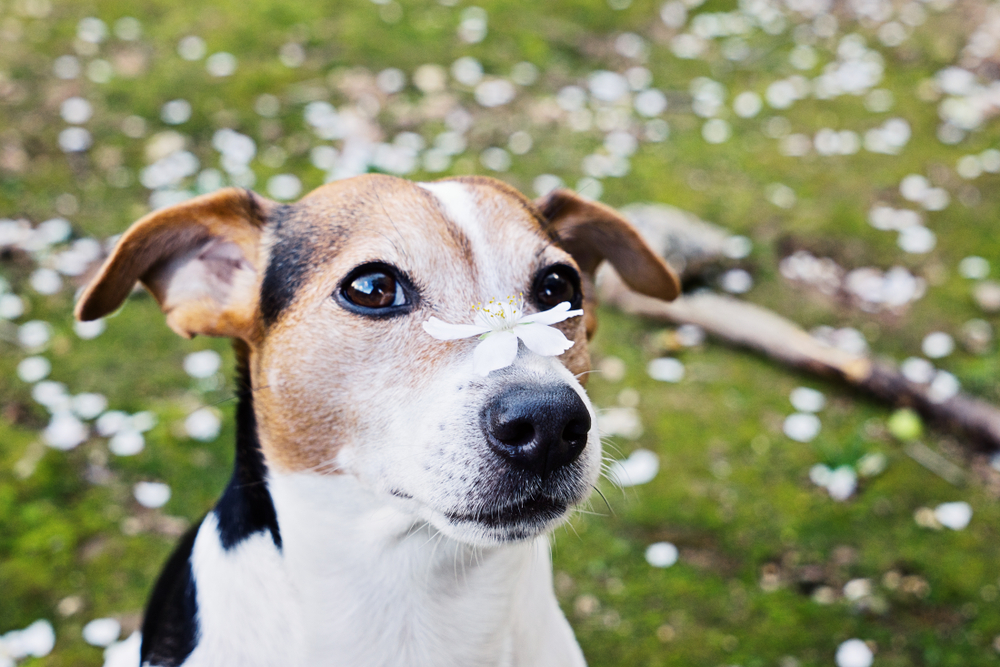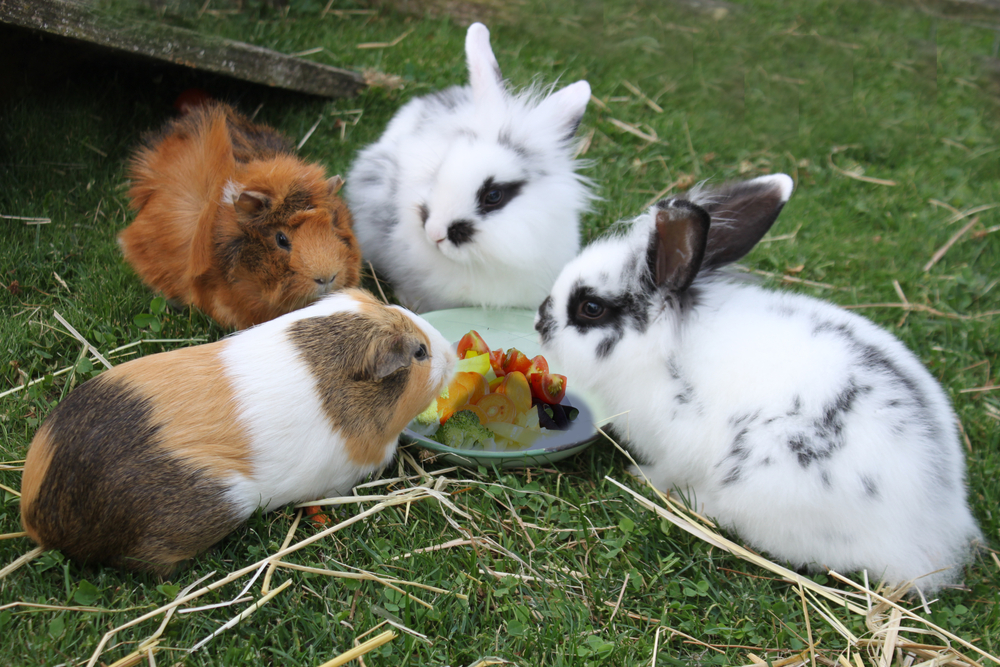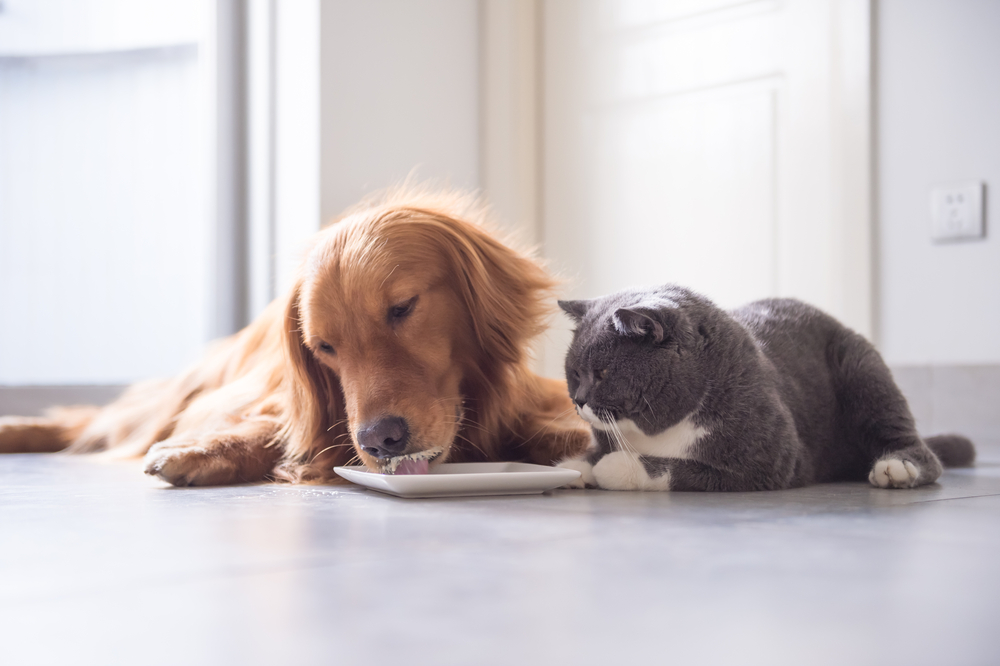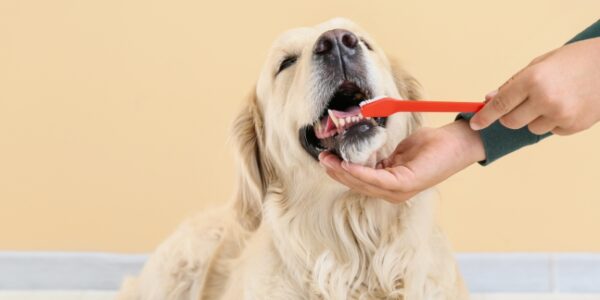Spring season is allergy season for pets so keep an eye out for skin irritations and inflammation, excessive scratching and respiratory issues. In particular, we want to highlight three types of allergies which l...
Read More
Category: Uncategorized
-

-
 Everybody wants the best for their pet. Keeping your pet fed, clean and with plenty of water are the basics of taking proper care of your beloved rabbit or guinea pig. However, they have needs beyond these essent...
Everybody wants the best for their pet. Keeping your pet fed, clean and with plenty of water are the basics of taking proper care of your beloved rabbit or guinea pig. However, they have needs beyond these essent...
Read More -
 There are lots of decisions to make when choosing food for your pet. Do you opt for the tuna or the turkey? The lamb or the beef? The wet or the dry? Like any decision concerning your pet, it's important to do yo...
There are lots of decisions to make when choosing food for your pet. Do you opt for the tuna or the turkey? The lamb or the beef? The wet or the dry? Like any decision concerning your pet, it's important to do yo...
Read More






